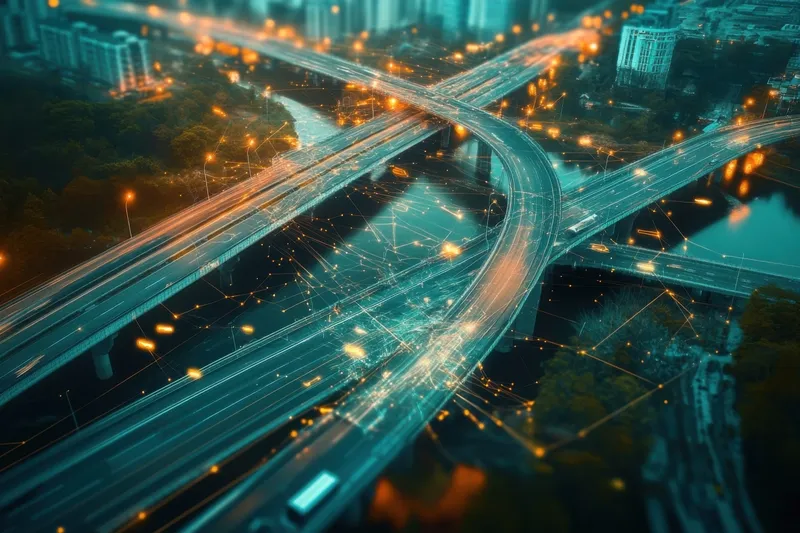The Roads and Transport Authority (RTA) of Dubai and
The partners intend to utilise Here’s map for autonomous cars, HD Live Map, for public service vehicles. It is designed with the intention of providing vehicles with accurate information about what is happening on the road.
Here’s Open Location Platform will be used to connect vehicles with each other as well as traffic lights and sensors on the roadways and sidewalks. The solution is said to enable multiple automakers and other organisations and sources to transmit live, anonymized sensor data that can be aggregated and enriched with high-precision location data. It is then transmitted back to the cars in near real-time, geo-targeted, contextually-relevant information about changing road conditions.
Leon van de Pas, SVP, Internet of Things at Here, said: “Dubai recognizes the importance of new location technologies in making transportation more efficient, safer and sustainable for people. Driven by our vision of enabling an autonomous world for everyone, the Here Technologies team is excited and energized to help Dubai deliver on its ambition plans for a driverless future.”
Here Technologies to map Dubai with HD technology for driverless technology
The Roads and Transport Authority (RTA) of Dubai and Here Technologies (Here) have signed a memorandum of understanding to map the city with high definition (HD) technology as part of a strategy to make 25% of public transport self-driving by 2030. Both companies will deploy location technologies in the development of a data infrastructure to help support safe, sustainable and efficient autonomous transportation. The partners intend to utilise Here’s map for autonomous cars, HD Live Map, for public
February 12, 2018
Read time: 2 mins









